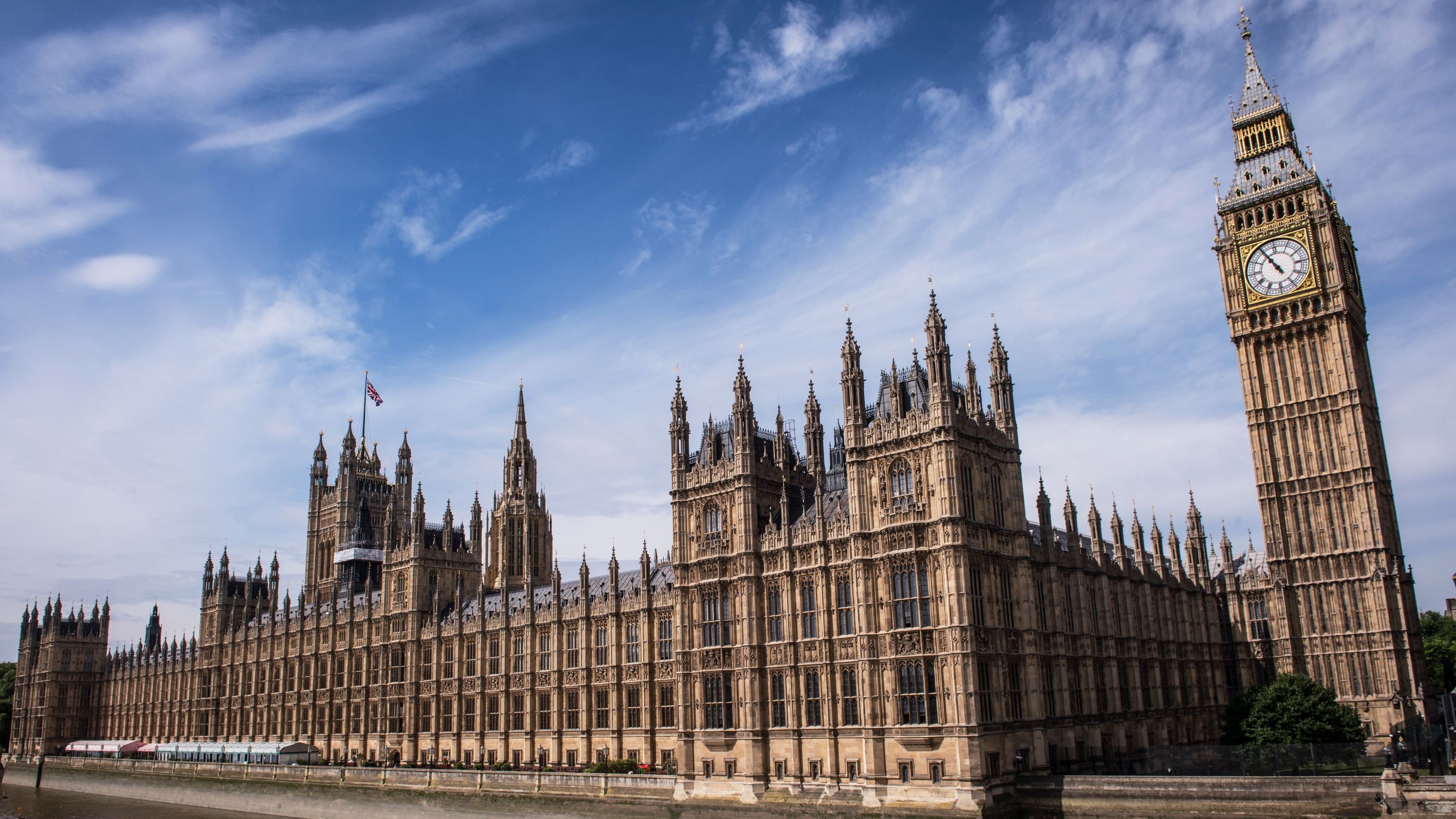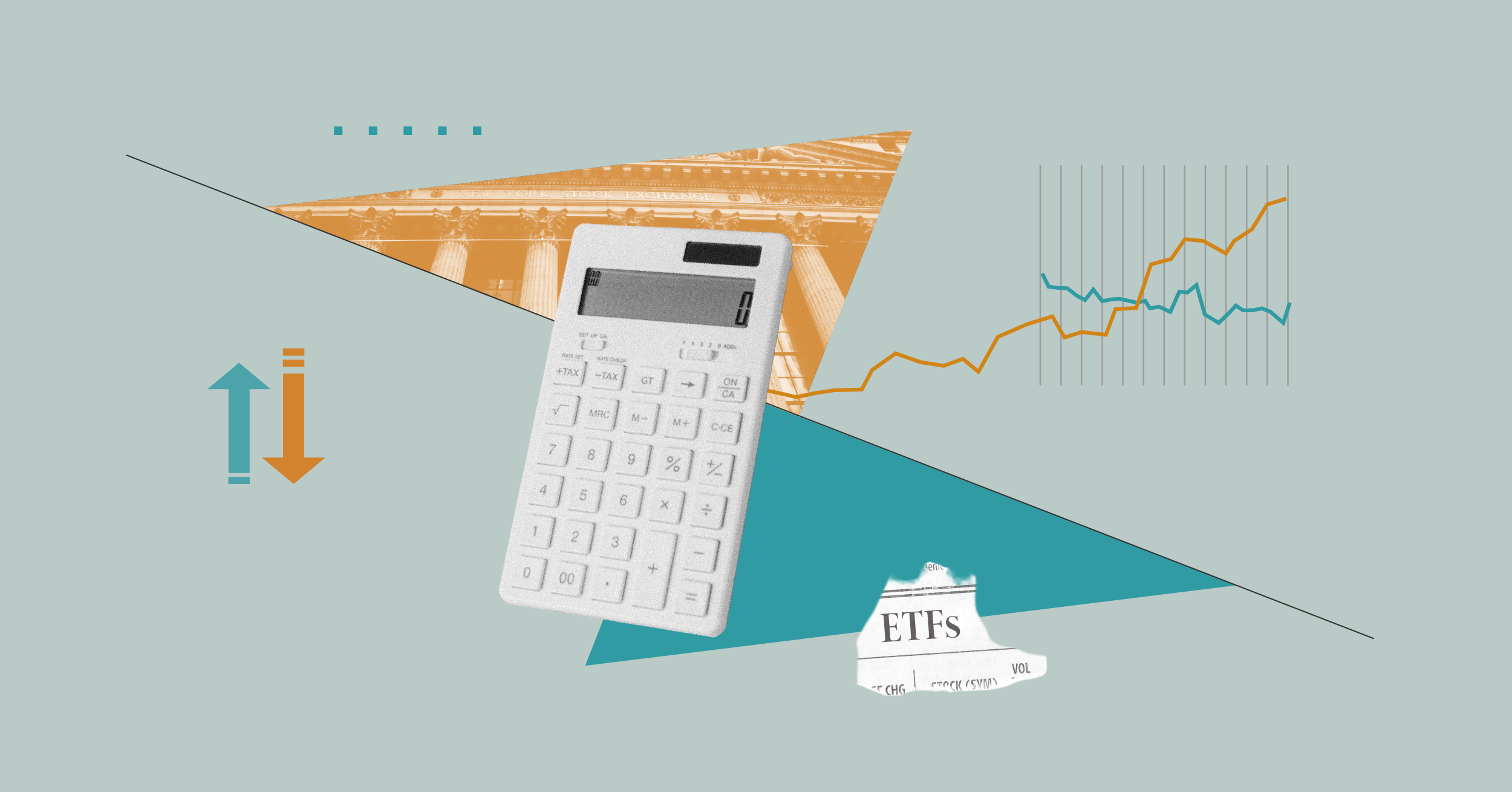
Amazon's (AMZN) first-quarter update reinforced its continued shift in to a more dynamic free cash story, with subscription platforms, Amazon Web Services, advertising, and Whole Foods each contributing to strong revenue growth and a new high-water mark for first-quarter operating margins. Nevertheless, it was Amazon's announcement that it plans to evolve its Prime two-day free shipping programme into a one-day free shipping programme that warrants the closest examination.
Amazon remains one of our top investment ideas, and we're planning to increase our $2,200 fair value estimate as one-day shipping investments will be more than offset by new user engagement/subscription and seller monetisation.
We see both a defensive and offensive rationale behind the one-day shipping decision. From a defensive perspective, we believe competitors such as Walmart, Target, and Best Buy have steadily been narrowing the delivery speed gap with Amazon the past 12 to 18 months, but we believe this move will help to reinforce the network effect component behind out wide-moat rating, with one-day delivery appealing to not only buyers, but also sellers. On the offensive front, we believe expanded one-day delivery capabilities – which will necessitate $800 million of incremental investment in the second quarter and additional investment as the year progresses – will create new third party seller monetisation opportunities and unlock new subscription service offerings, both of which are central to our longer-term assumptions.
Amazon Web Services Outperforms
While the market is fixated on Prime one-day shipping coming out of the quarter, Amazon's other business units also continue to add to its increasingly dynamic long-term cash flow profile. Despite increased pressure from Microsoft Azure and others, AWS remained one of the clear highlights to start 2019, with segment revenue growing 42% on a currency-neutral basis. Management cited infrastructure leverage and greater efficiencies as the key drivers behind the margin gains, and we continue to believe that the market underestimates the longer-term margin potential of this business, even after factoring in greater pricing competition for its cloud computing (EC2) and storage (S3) functions as well as pricing potential for future mission-critical business functions such as cybersecurity and the "Internet of Things" and AWS Marketplace.
Advertising and other revenue decelerated from its torrid pace in 2018 – 33.9% in the first quarter versus 117.2% last year – due to tougher comparisons and other fine-tuning efforts, though we continue to see multiple ways to evolve this business segment in the future and view it as a meaningful future free cash flow contributor. Management repeatedly discussed the importance of greater advertising functionality for its brand partners during its first-quarter update. We also identify video and connected device optionality for this segment over time. While we plan to ratchet down our advertising and other segment revenue growth over the next five years to between 40% and 50% (down from 50%-plus), we still believe this segment will be critical for both domestic and international margin expansion in the years to come.
Like many investors, we were bracing for a more pronounced decline in international revenue trends and attribute the outperformance to increasing evidence that the Prime membership flywheel is accelerating outside of the US and contribution from advertising offerings internationally. While we don't quite see Amazon's international segment reaching positive operating profit in 2019, we believe advertising, third-party seller services, and subscription services could bring Amazon's international segment into the black beginning in 2020 and into low-single-digit territory over the next five years.
We were encouraged by the rebound in physical stores sales during the quarter. Management noted that "Prime members have adopted Whole Food benefits (more) than almost any other benefit." We continue to see Whole Foods and other physical retail concepts such as Amazon Go stores and "four-star" format in NYC as important customer retention channels that help to bring Prime memberships into the real world, driving greater engagement and potentially unlocking new other offline Prime membership benefits and pricing tiers in the future.





























